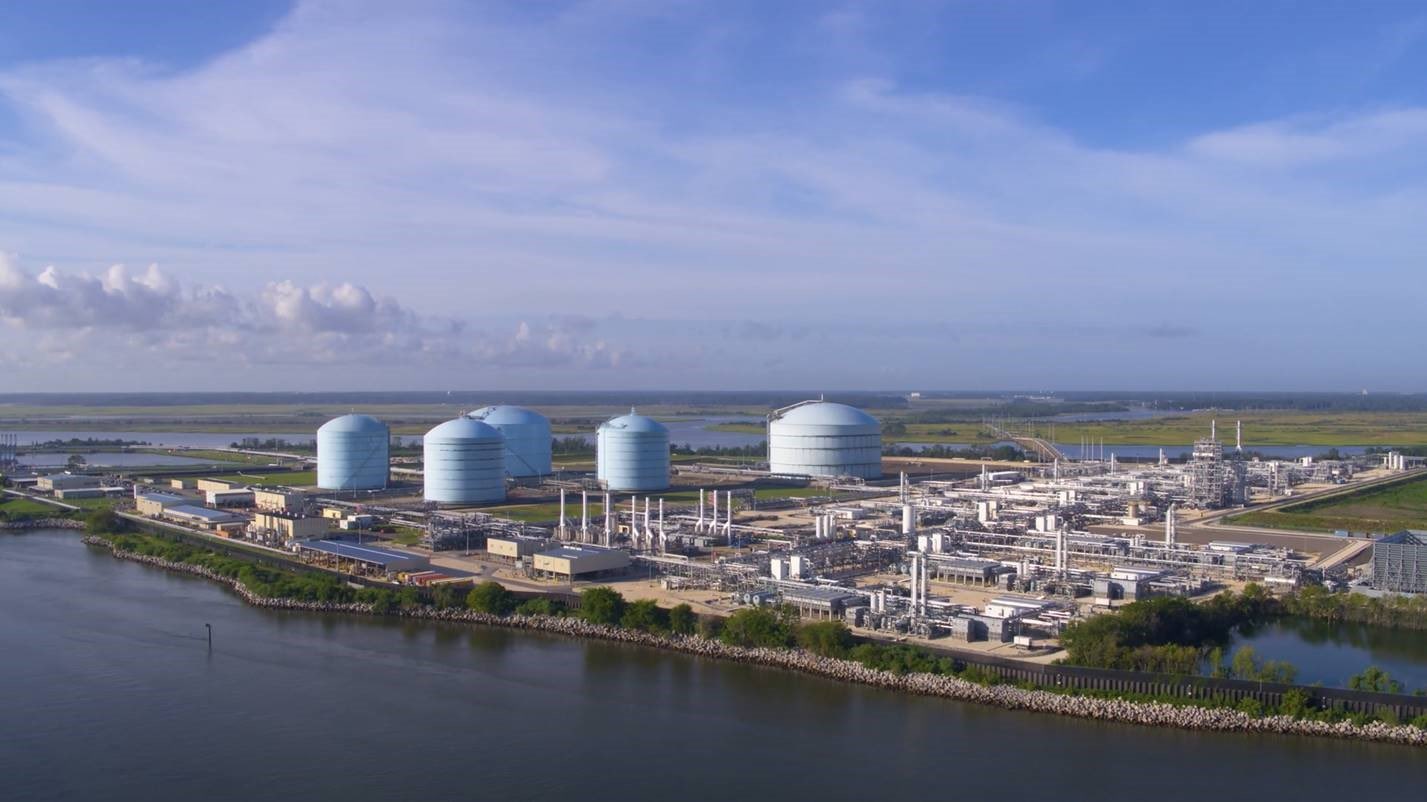US energy company Kinder Morgan is working to add about 0.4 mtpa of capacity at the Elba Island LNG export plant in Georgia as part of an optimization project.
The Elba Island facility has 10 identical movable modular liquefaction units with a capacity of about 2.5 mtpa of LNG.
This is equivalent to about 350 million cubic feet (MMcf) per day of natural gas.
The project began full commercial operations in August 2020 and it has a 20-year contract with LNG giant Shell.
Elba is directly connected to Southern LNG, which provides LNG storage, vaporization, and ship loading services.
Last year, Kinder Morgan sold a 25.5 percent stake in Elba Liquefaction to an undisclosed financial buyer.
The undisclosed financial buyer and Kinder Morgan each hold a 25.5 percent interest, while the latter operates the facility.
Blackstone Credit, a unit of US-based private equity firm Blackstone, holds a 49 percent interest in Elba Liquefaction.
Optimization project
Elba Liquefaction and Southern LNG submitted a request to the US FERC on April 28, 2023 to amend their original authorizations granted by the regulator in June 2016.
Since then, the two firms have been working with the FERC on the proposed project. They submitted responses regarding environmental, engineering, and other matters, according to fillings posted with the regulator.
The companies are requesting this amendment in order to make modifications to the existing liquefaction facilities.
They also plan to install and operate a new condensate plant and liquid nitrogen vaporizers at the terminal.
Elba Liquefaction and Southern LNG request that the FERC issues the authorizations requested by no later than May 1, 2024 so that they may start performing the MMLS unit modifications and place the condensate plant into service by August 1, 2024, according to the request filed in April.
The firms said they plan to perform the modifications to each of the MMLS units on a staggered basis in conjunction with regularly scheduled maintenance activities in order to minimize down-time of the units.
Fouling rate
The Elba Liquefaction Optimization Project will improve the liquefaction process at the terminal.
According to the firms, the fouling rate in the MMLS units “impacts current production rates.”
One factor that has contributed to the increased fouling rate in the MMLS units include its current feed gas composition, which tends to be more lean with a heavy hydrocarbon tail as compared to the feed gas characteristics originally assumed for the Elba liquefaction project, according to the firms.
“This composition allows trace heavy hydrocarbons to pass through the cold gas separator that ultimately results in an increased fouling of the cold box which requires it to be warmed up in order to clean out the heavy hydrocarbons and regain normal operating pressures,” the firms said.
The interval of down time for the MMLS unit to defrost the frozen particles, is also referred to as “deriming” the cold box.
Every time the cold box is warmed up and cooled back down, flaring is required, they said.
Therefore, the proposed optimization project will modify certain MMLS equipment that
will reduce the fouling rate in the liquefaction units and reduce the resultant flaring events
associated with cold box deriming.
This will allow the MMLS to operate in an optimized condition for longer periods of time without fouling, they said.
Also, this will result in improved LNG production and lower GHG emissions associated with derime flaring, the firms said.
Modifications
In order to address the fouling issue, the two companies are proposing to make modifications at the ten existing MMLS units.
Such modifications will include retrofitting the current mole-sieve vessels to function as a combined heavies removal unit (HRU) and dehydration system.
This also includes certain other appurtenant modifications and installing one new condensate plant at the facility.
The new condensate plant will be common to all ten MMLS units. It will be required to take the effluent from the modified MMLS dehydration system and generate stabilized condensate, they said.
In addition, to build redundancy and reliability into the terminal and BOP facilities, three new liquid nitrogen vaporizers will be installed to tie the existing sendout nitrogen injection system to the existing utility nitrogen distribution headers.
The firms said the existing liquid nitrogen vessels and new vaporizers will operate in standby for the existing terminal and BOP nitrogen equipment.
In addition to correcting the fouling issues, the proposed modifications would increase the terminal’s liquefaction capacity to about 2.9 mtpa.
Furthermore, the proposed modifications would reduce the amount of flaring associated with derime events
The two companies expect a reduction of about 11,855 tons of greenhouse gas annually associated with derime flaring.

